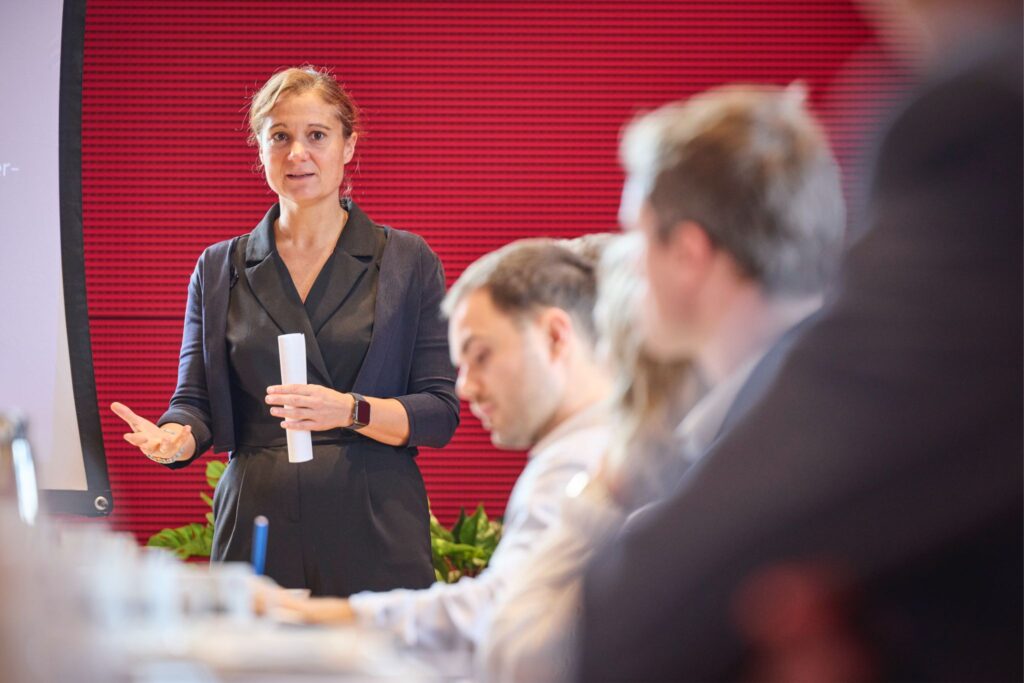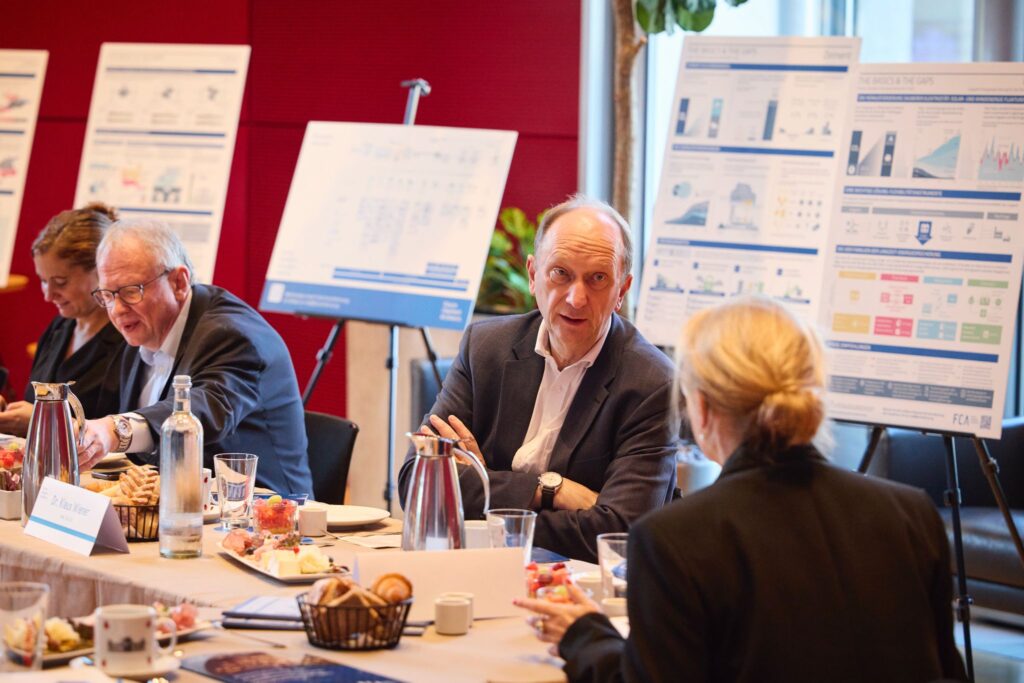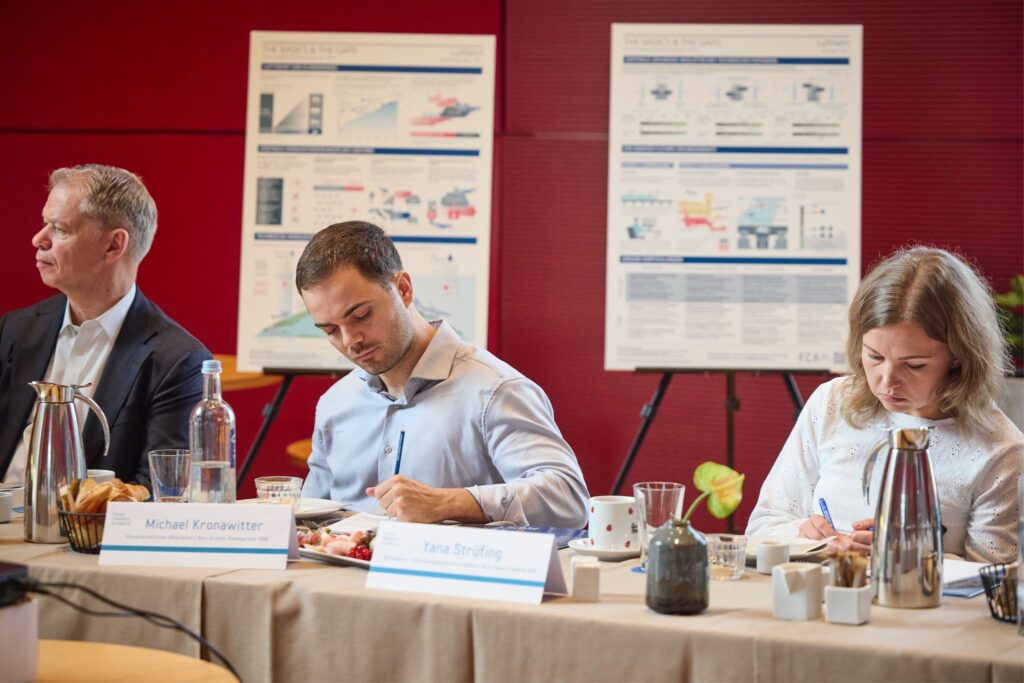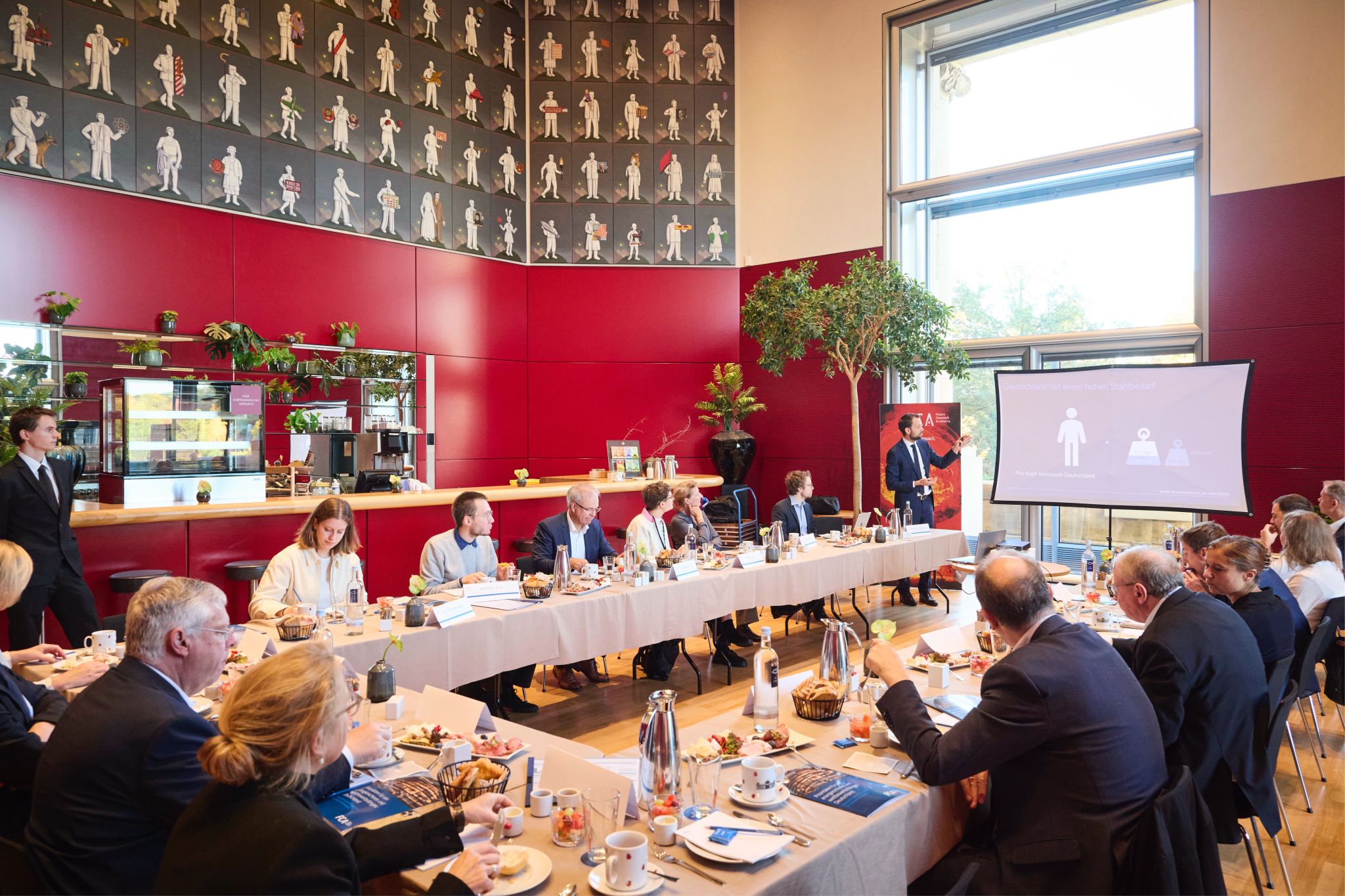Our experts took a closer look at the future of the global steel industry, a sector facing fierce international competition and an urgent need to decarbonize.
As part of our technical briefing series for policymakers, the session provided a concise overview of a sector shaped by overcapacity and geopolitical dynamics. Friedrich Schubert, Peter Ruschhaupt, Rene Severens, Juliane Harlfinger, and Peter Schniering guided policymakers through the fundamentals and critical gaps in iron ore supply, iron and steelmaking processes, as well as the main levers for decarbonization.
Key takeaways included:
- Global overcapacity is massive, around five times total European capacity, and continues to rise.
- The global market is heavily distorted by subsidies and tariffs.
- While smaller than the automotive industry in terms of jobs and value creation, the steel sector remains of high strategic importance.
- Production pathways differ significantly in resource requirements and emissions intensity.
- Future low-carbon pathways will require vast amounts of clean electricity.
- The first process step, producing iron from high-grade iron ore, will also require green hydrogen and is likely to be most competitive in regions with very low-cost renewable energy.
- Any framework developed by EU member states and the European Union will need to be pragmatic, carefully diversify risks, and account for the immense pressures on European industries.
We were pleased to host a high-level contribution by Dr. Marie Jaroni CSO / CTO at thyssenkrupp Steel, who highlighted key challenges for Europe‘s industry, specific steps in responsibly decarbonizing, and emphasized the urgent need for swift action.



Stay tuned for our upcoming policy brief on the future of the steel industry!

